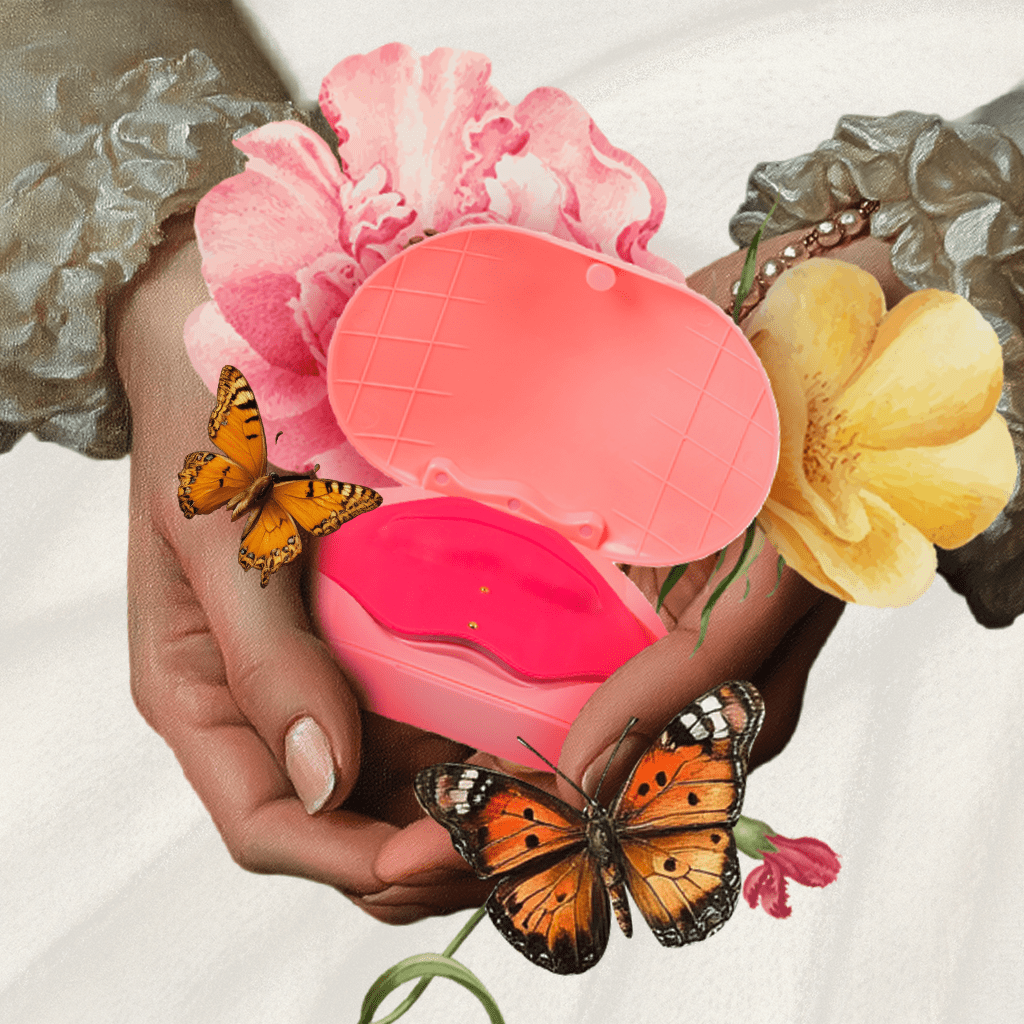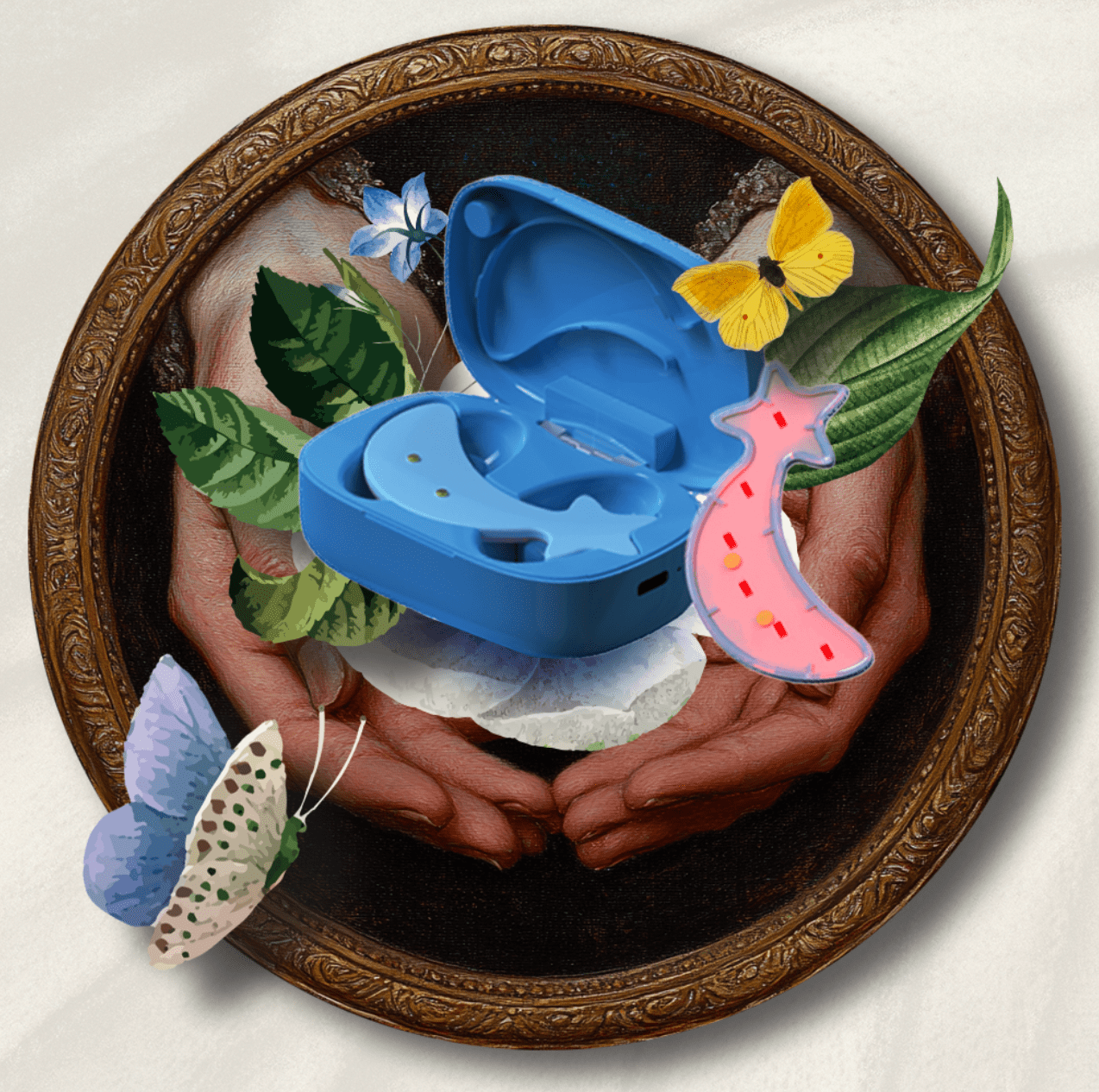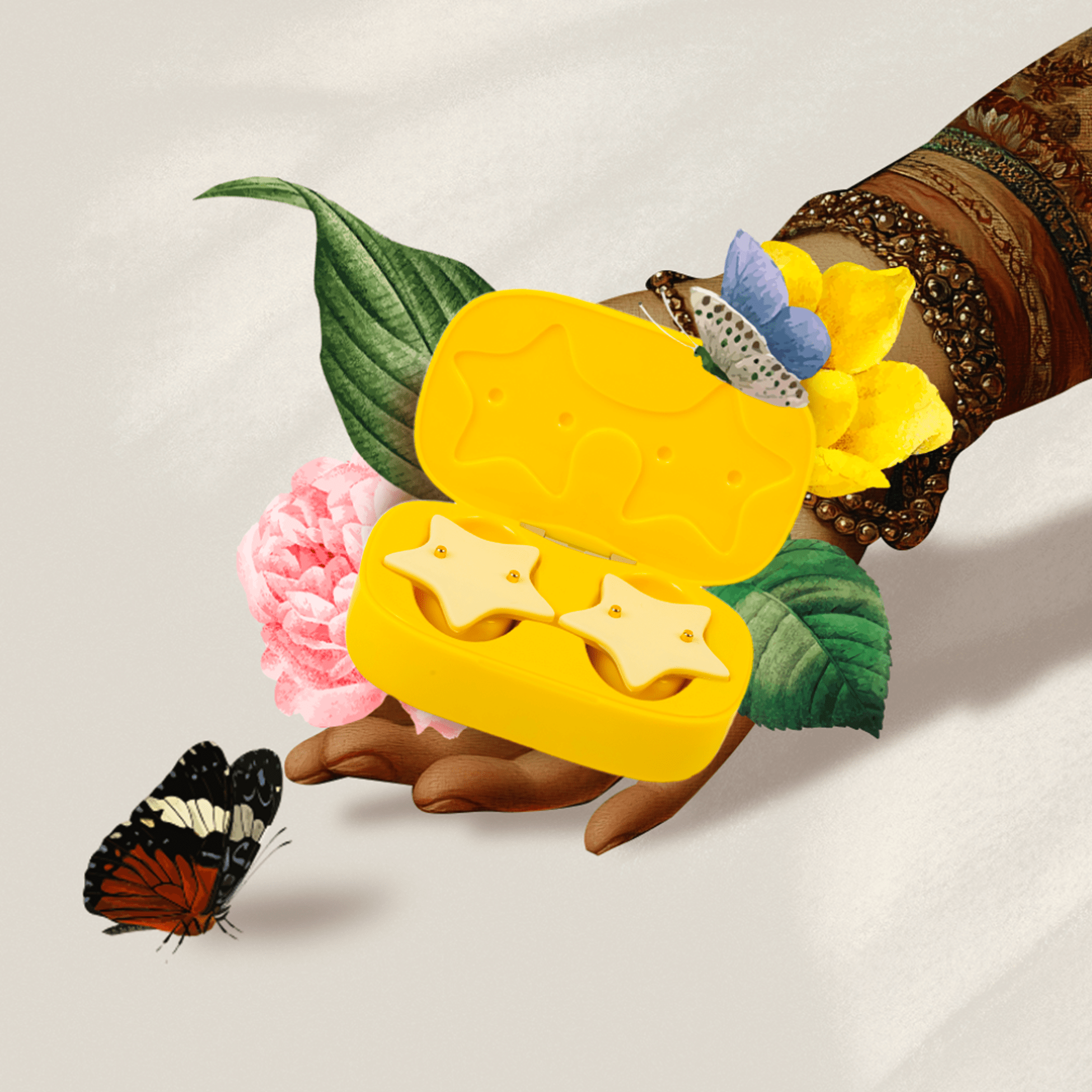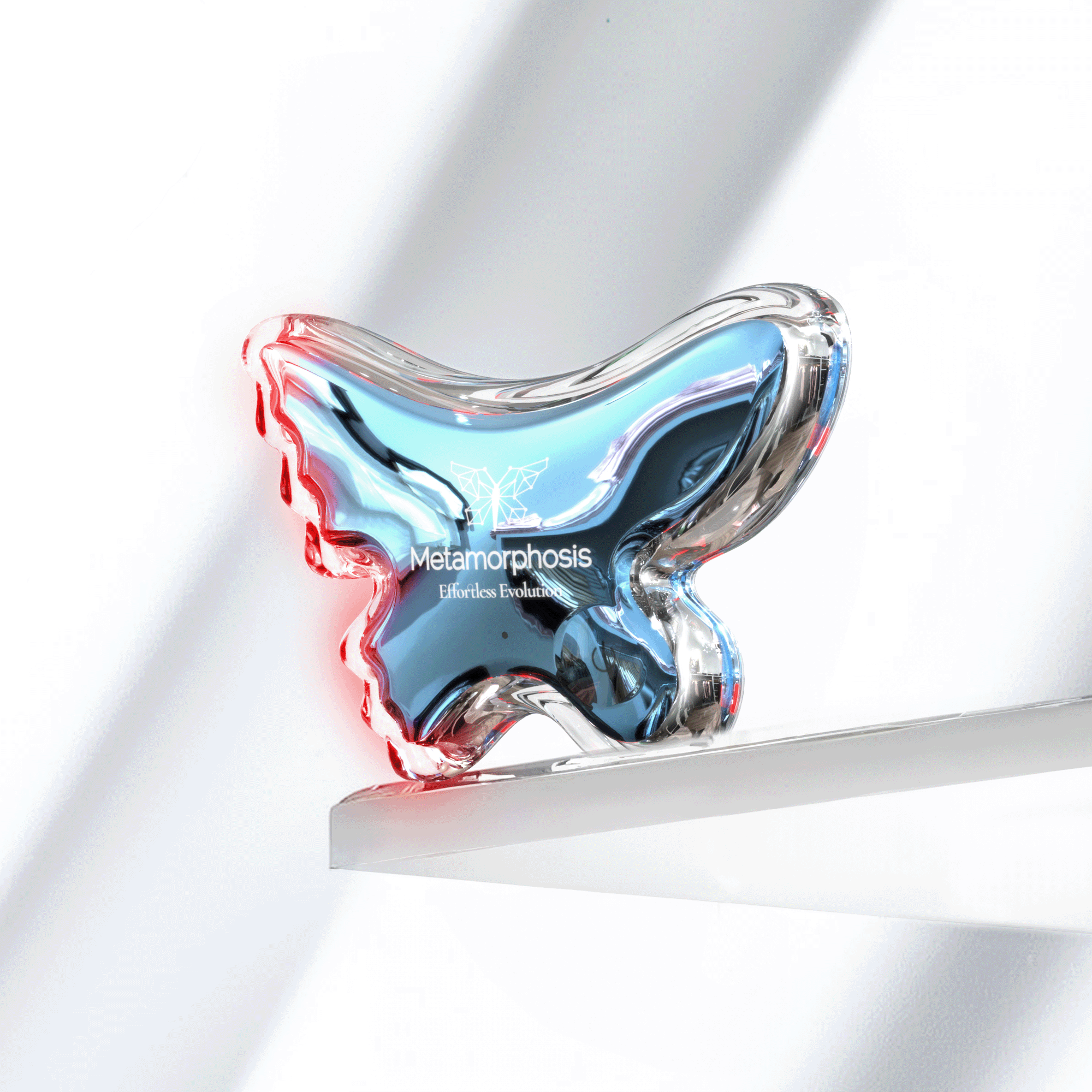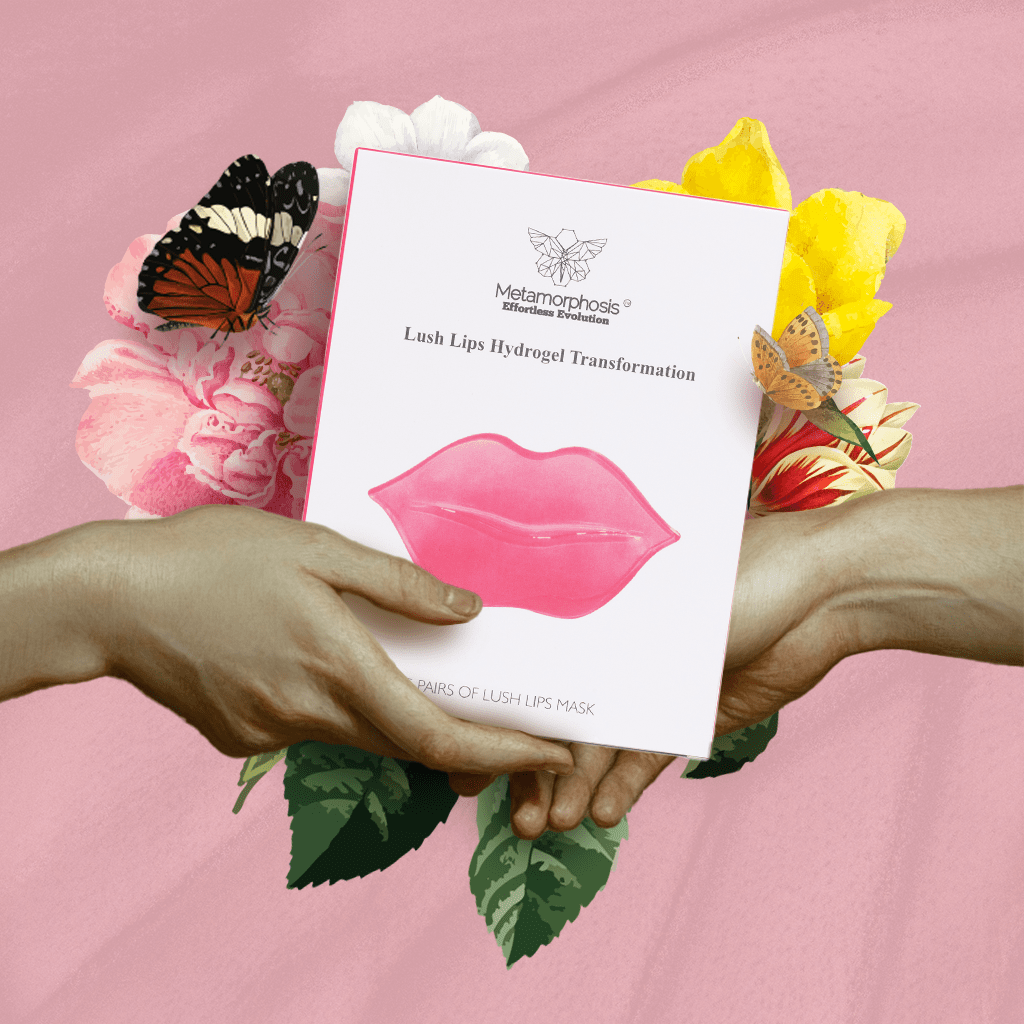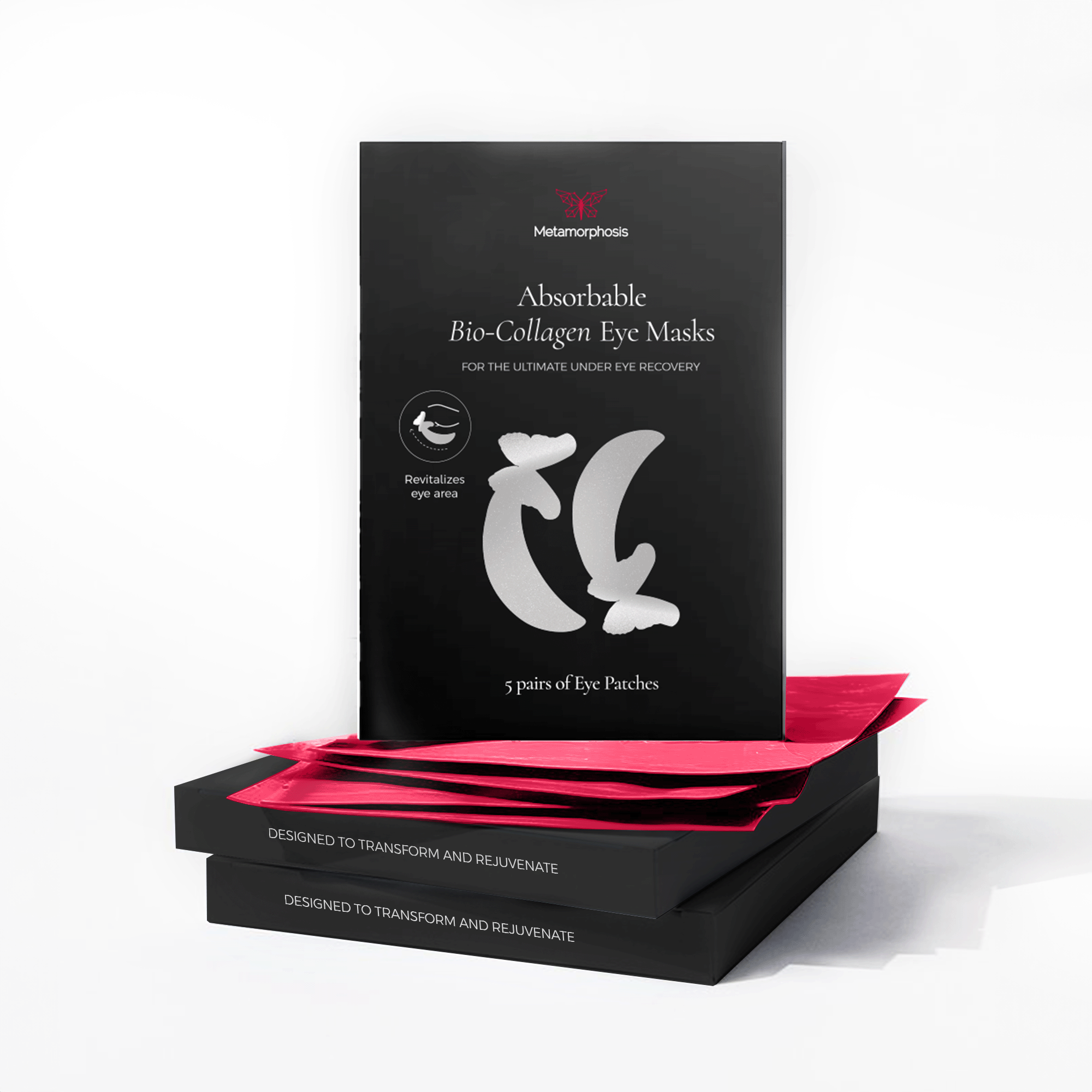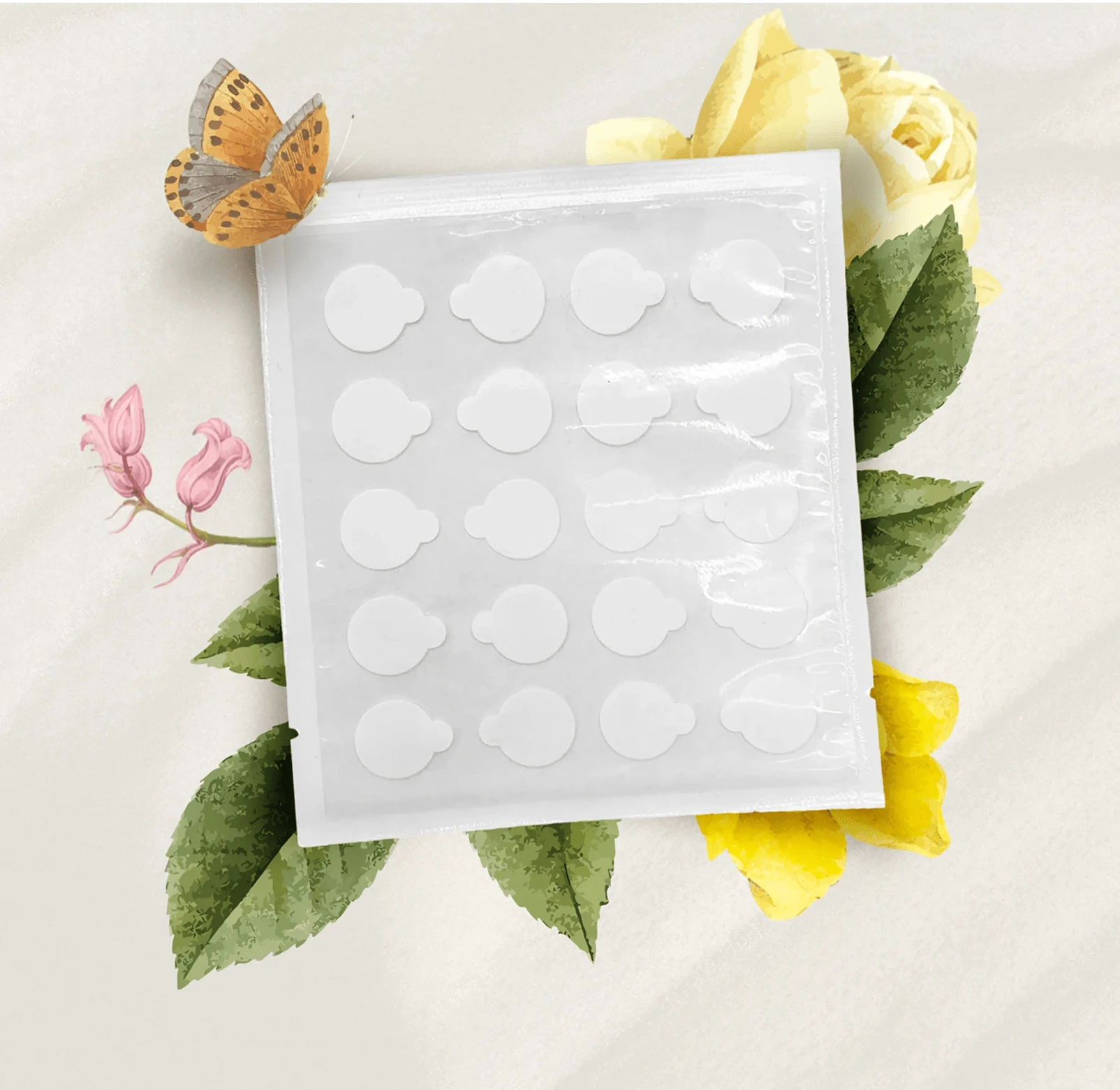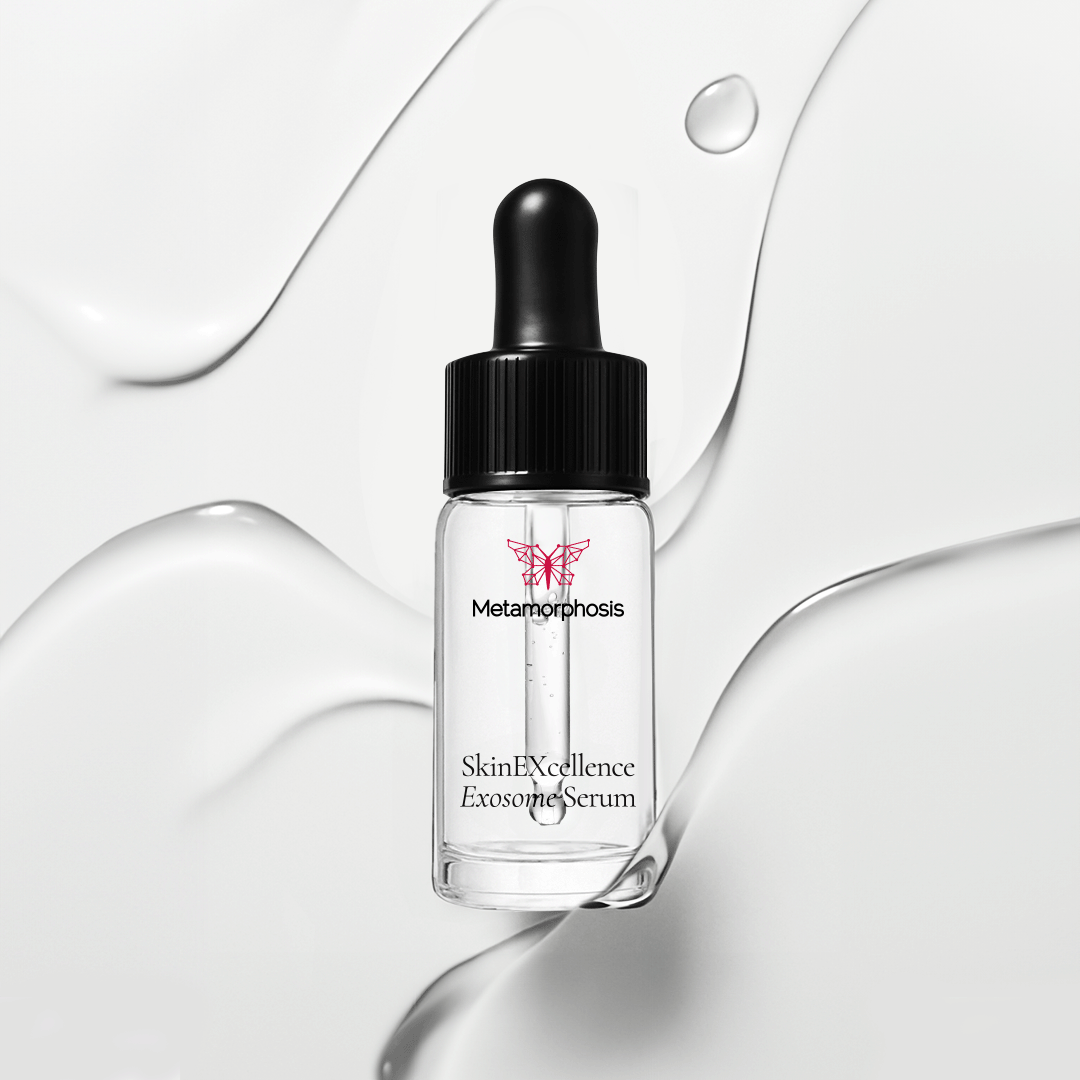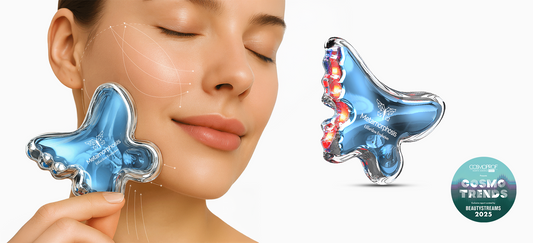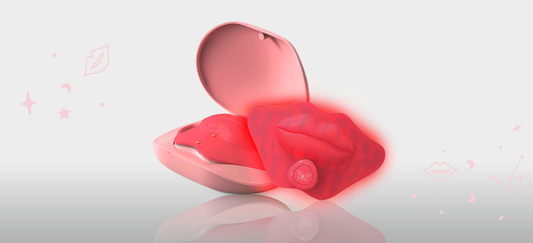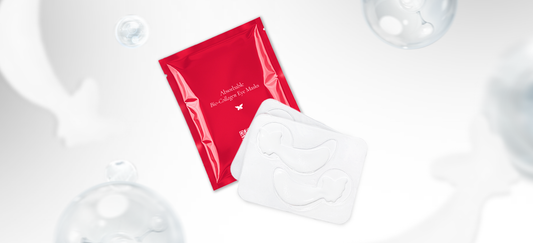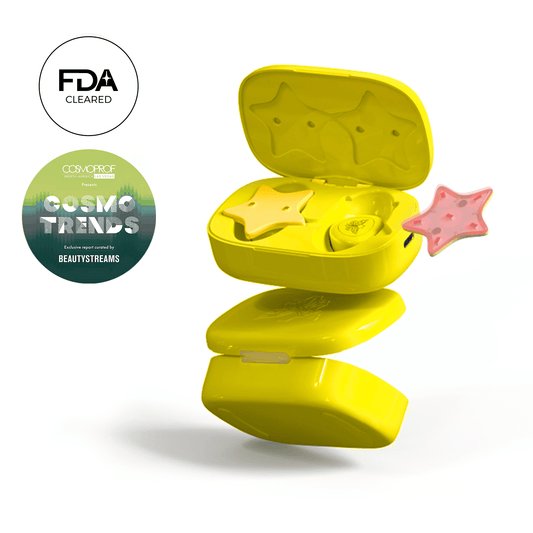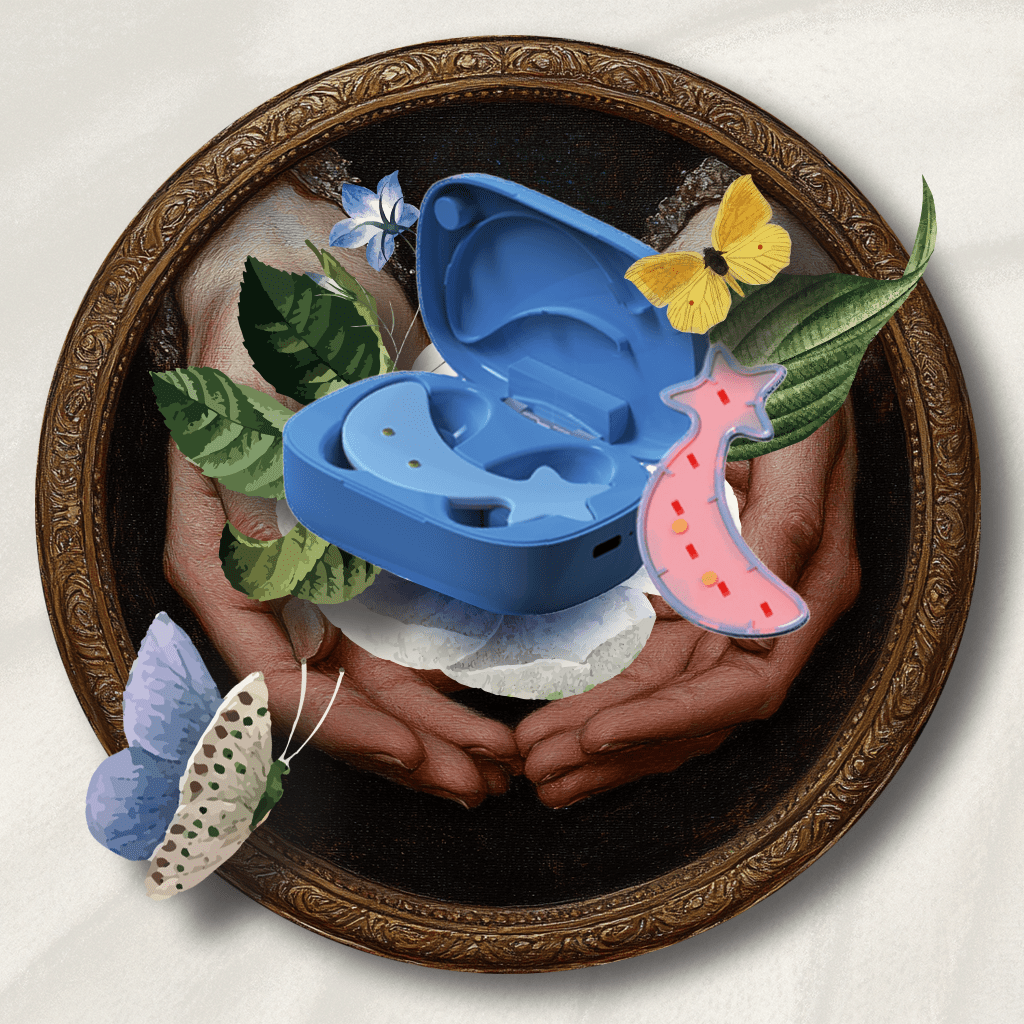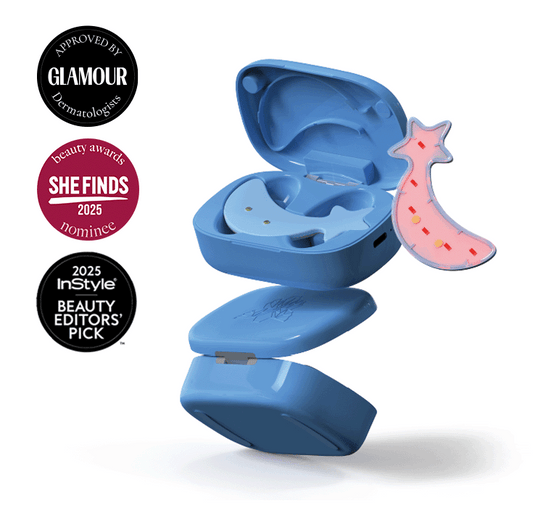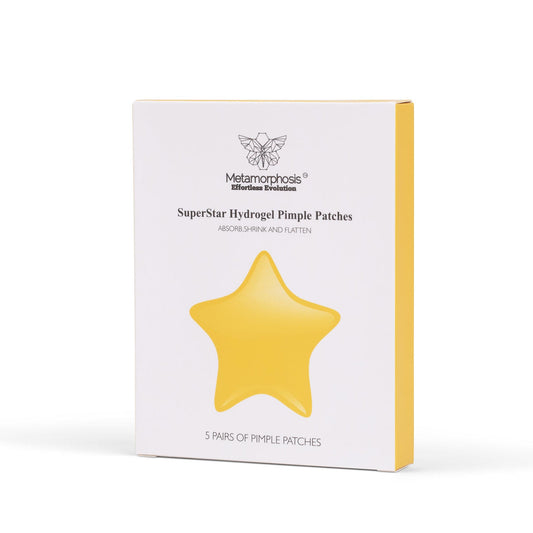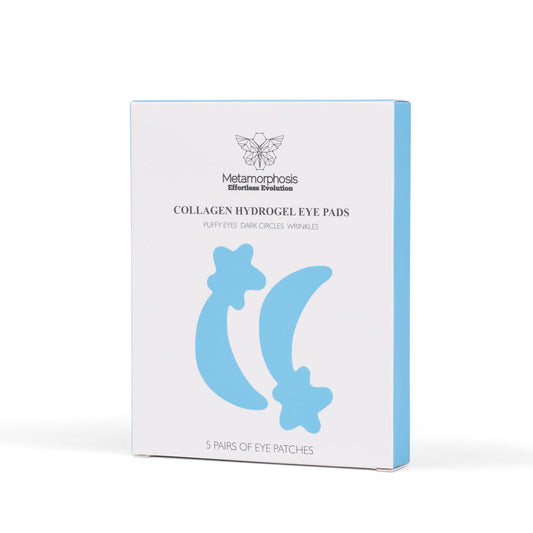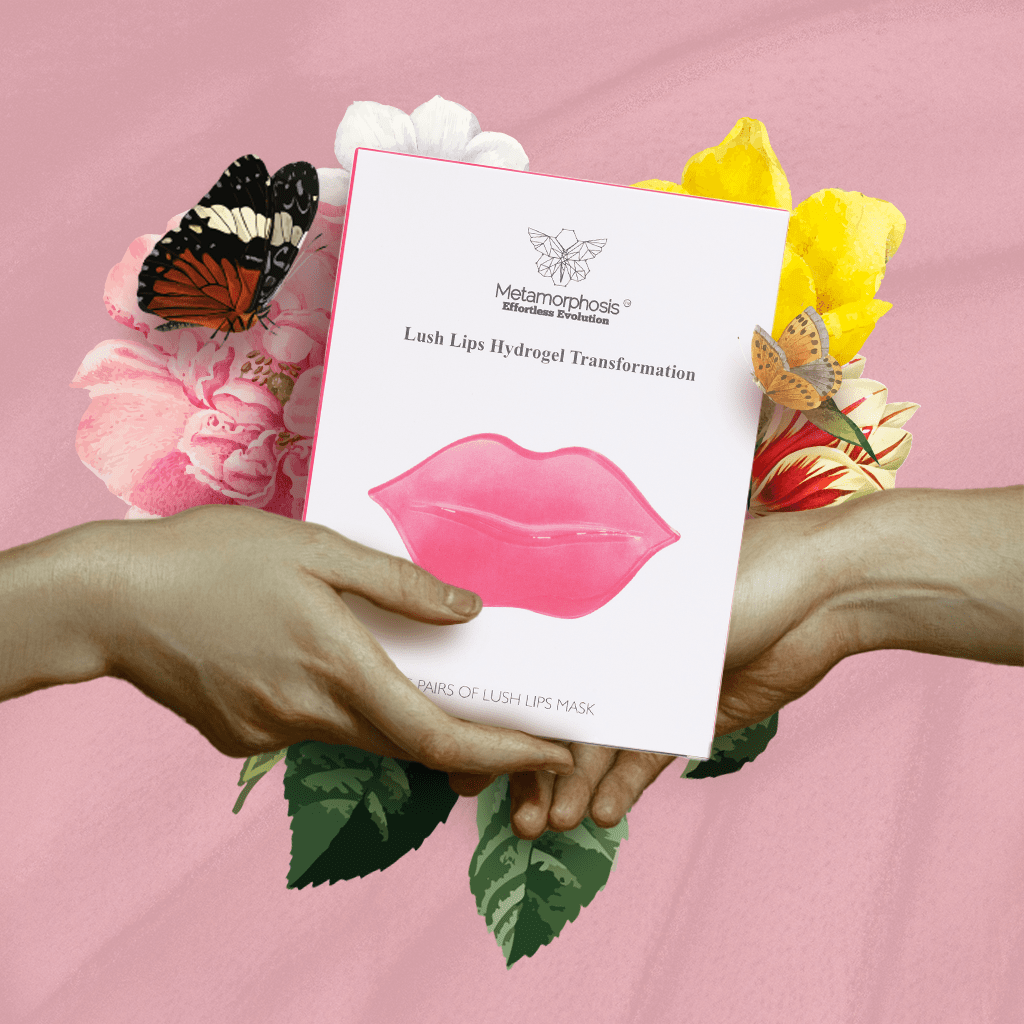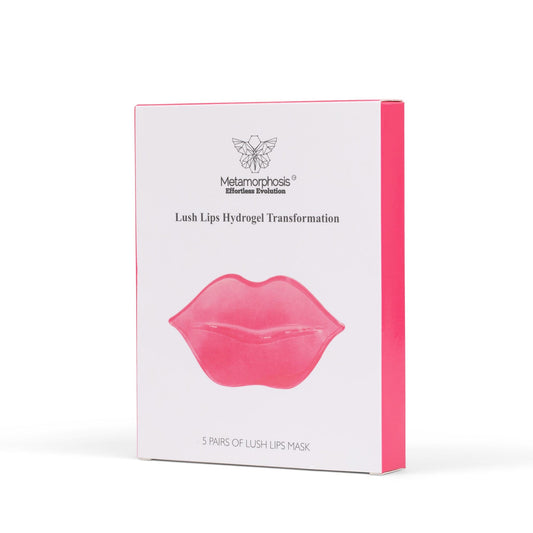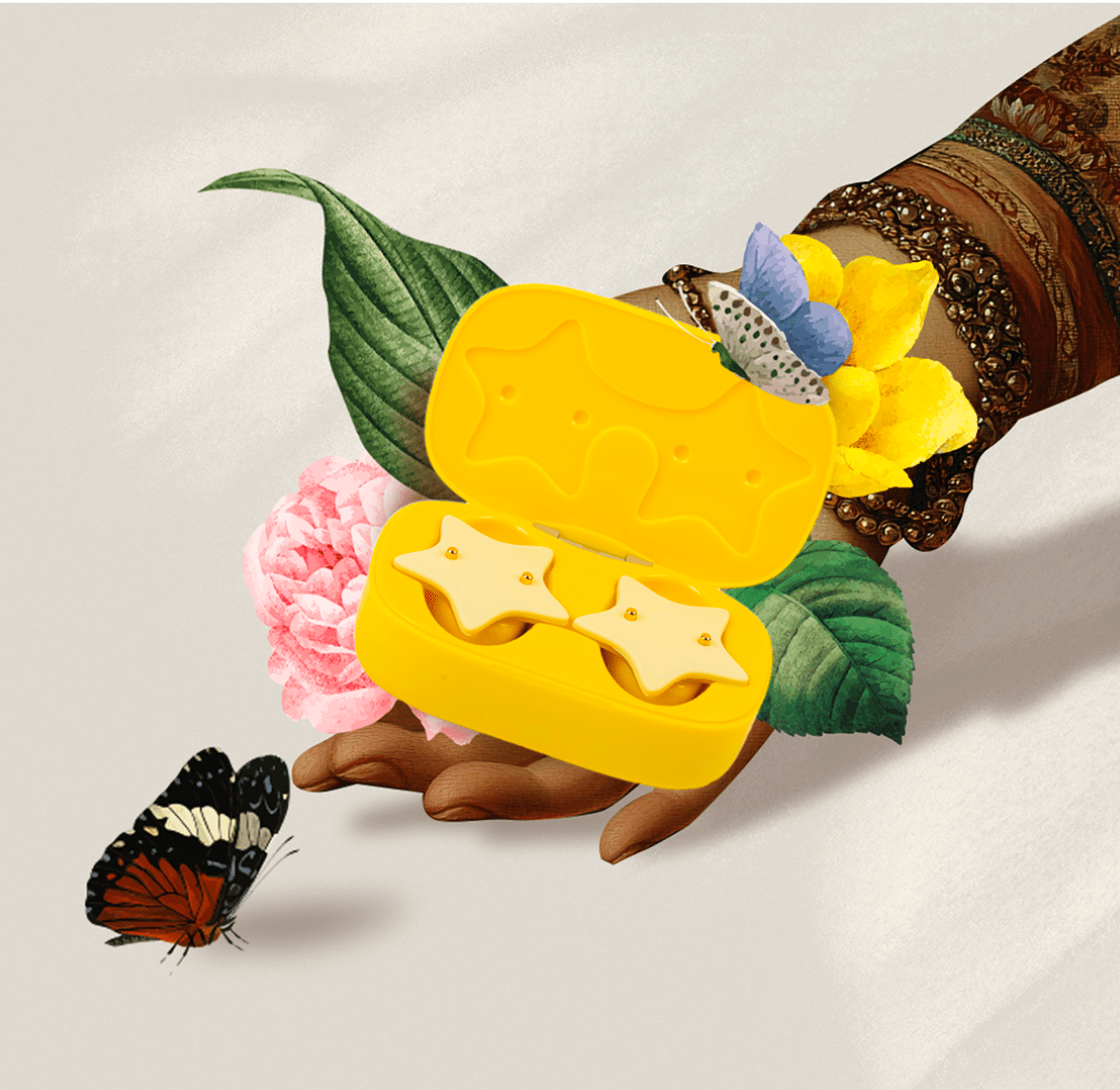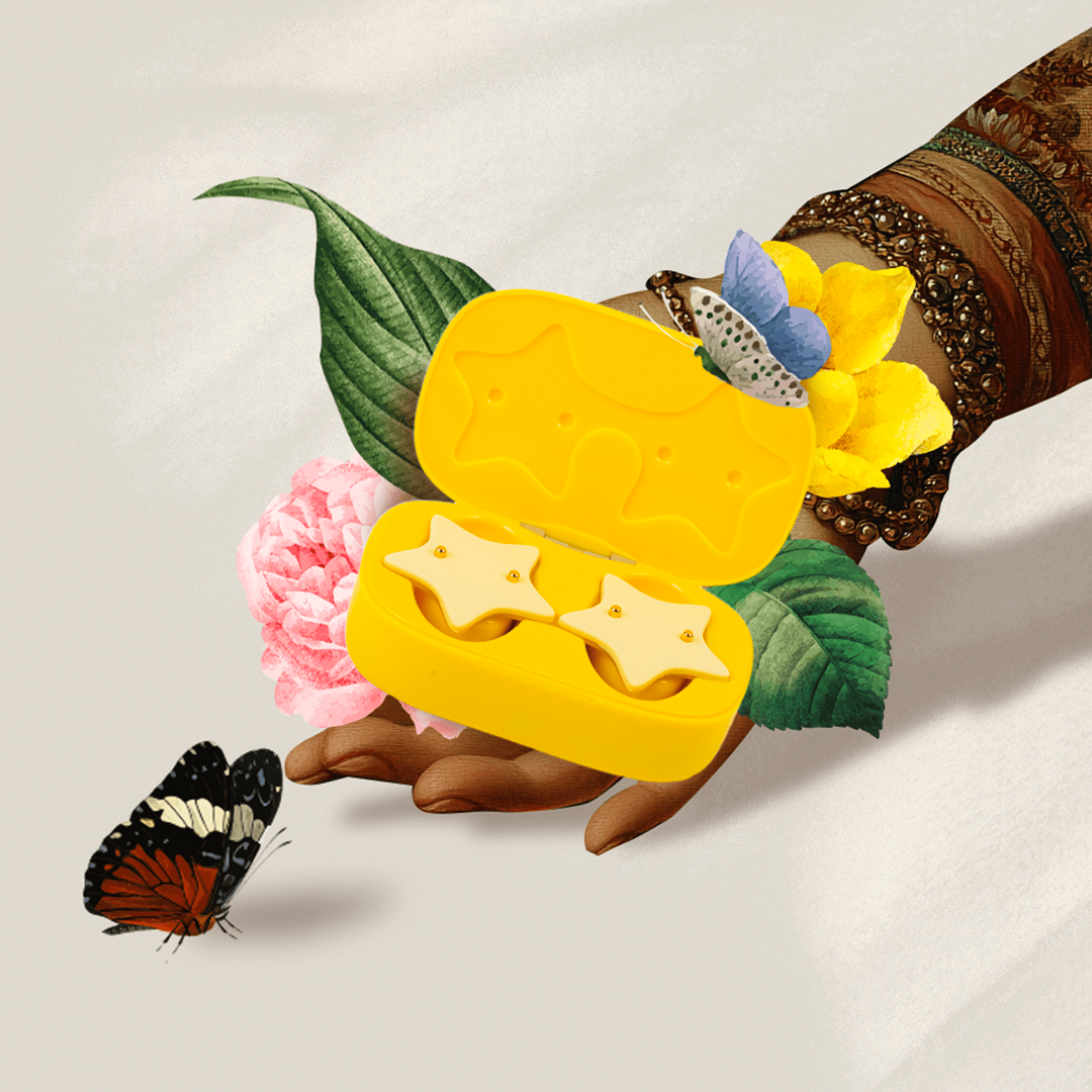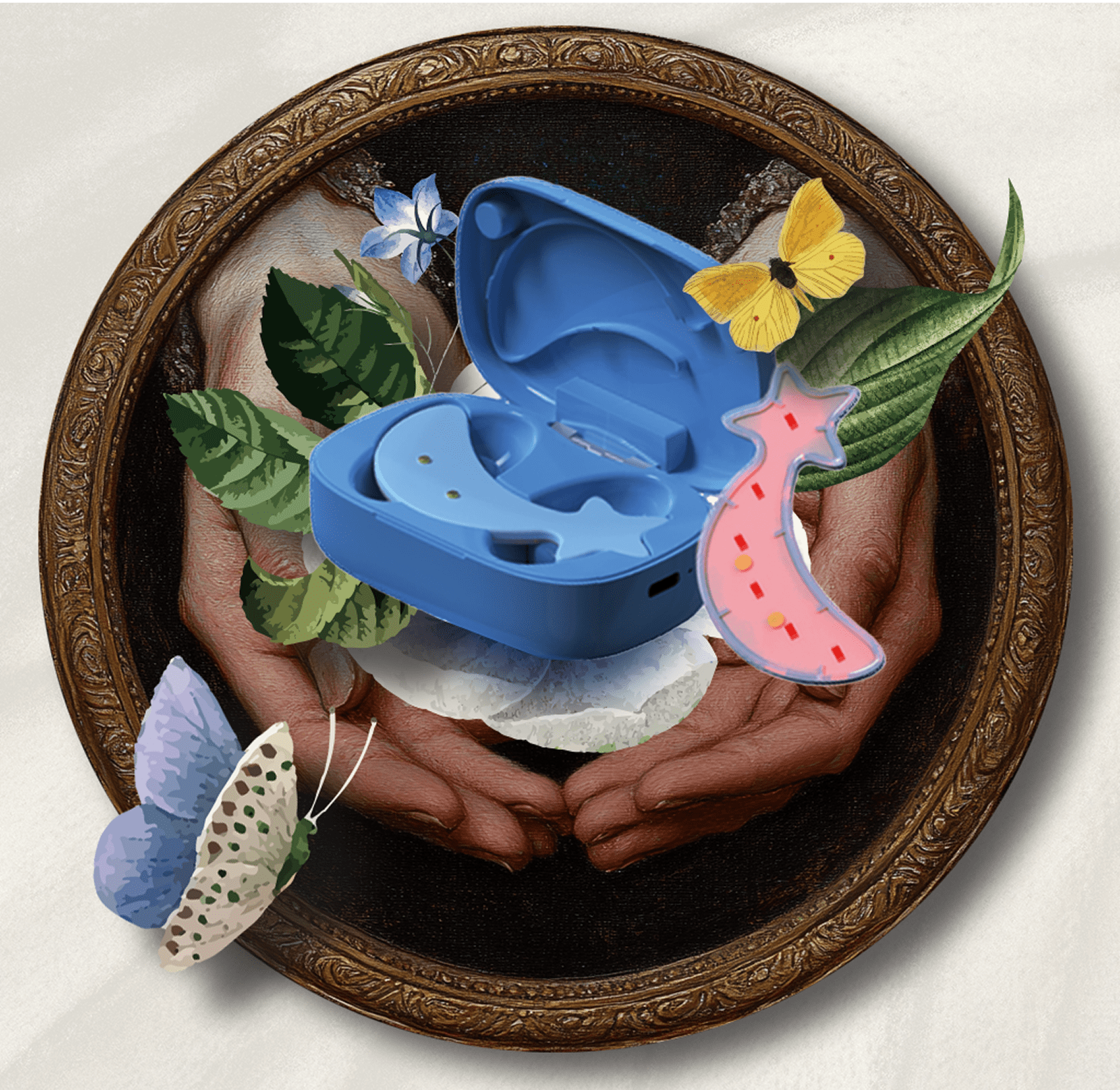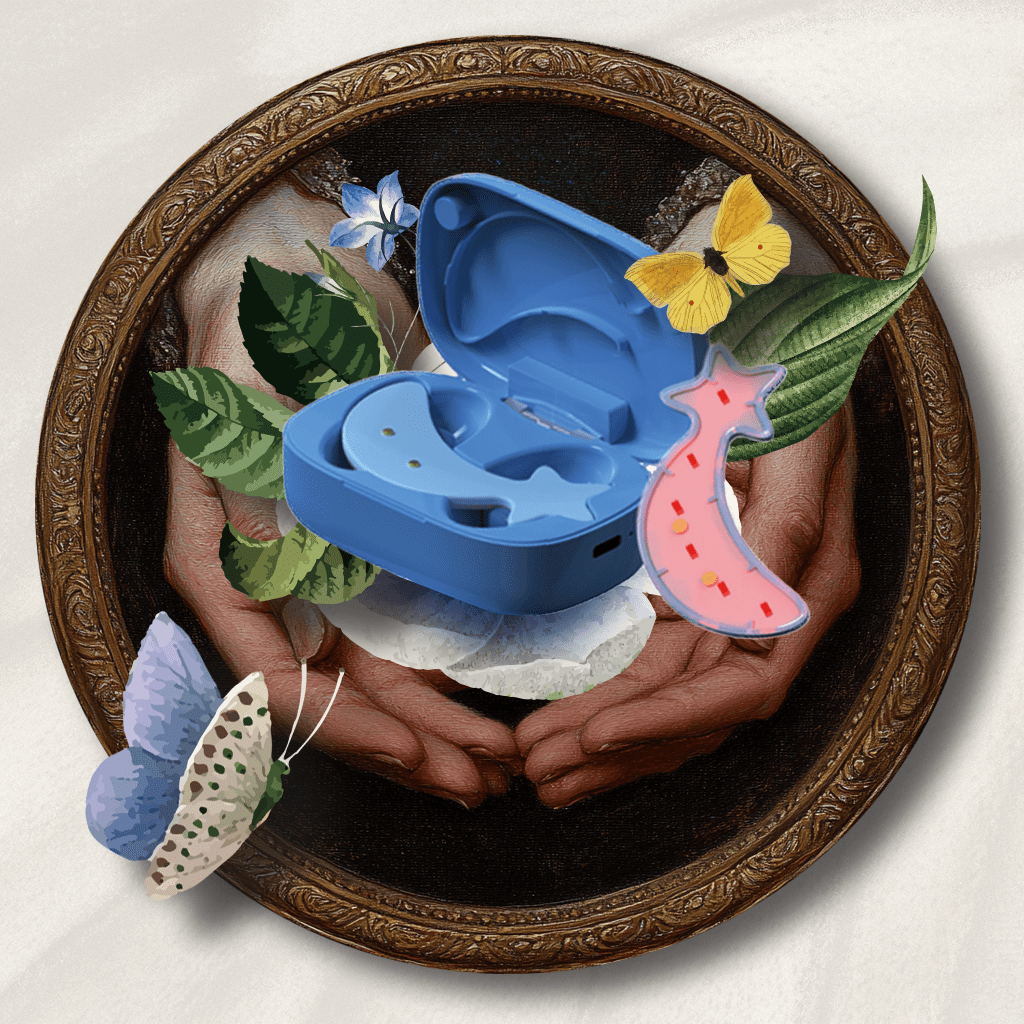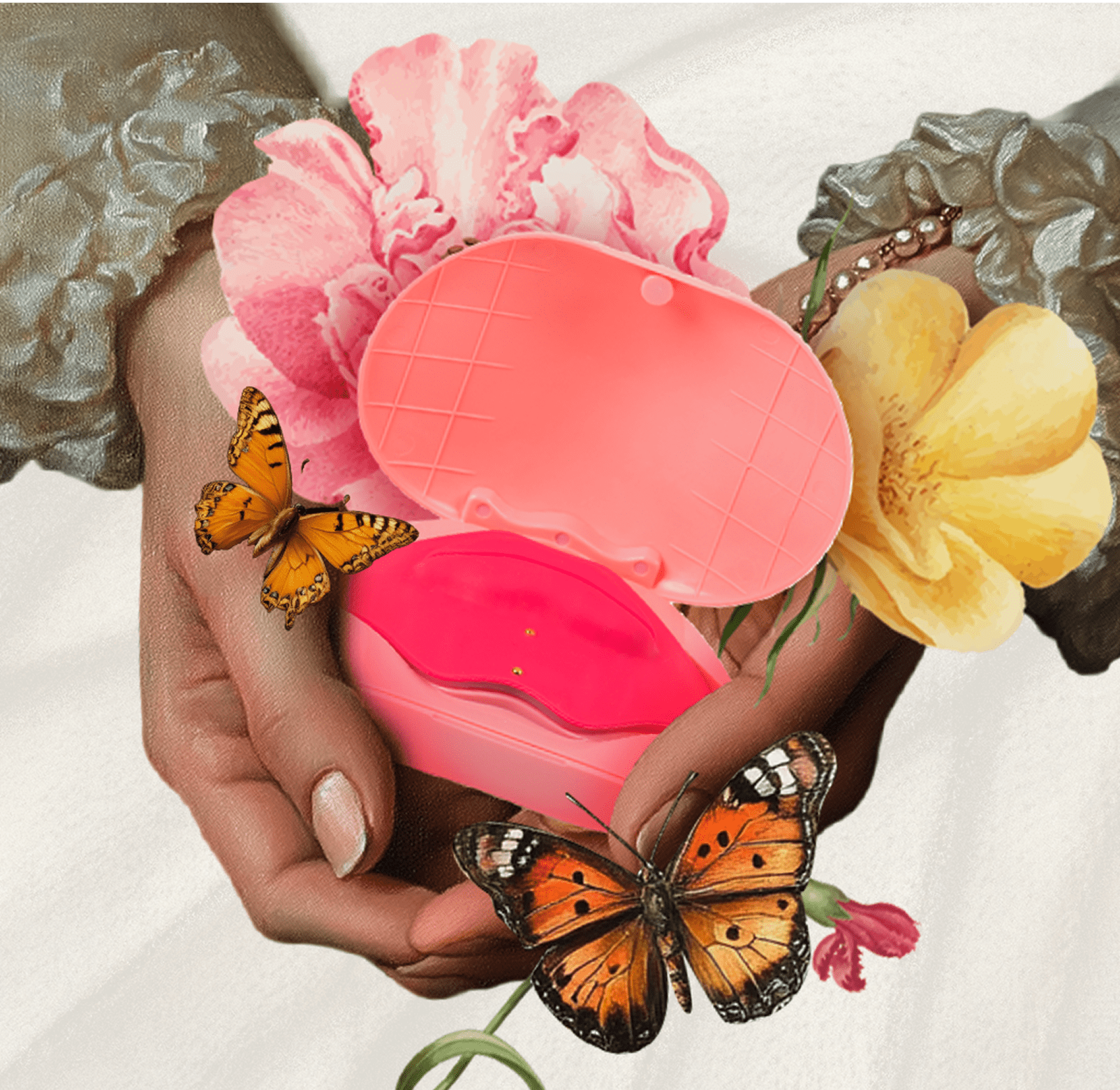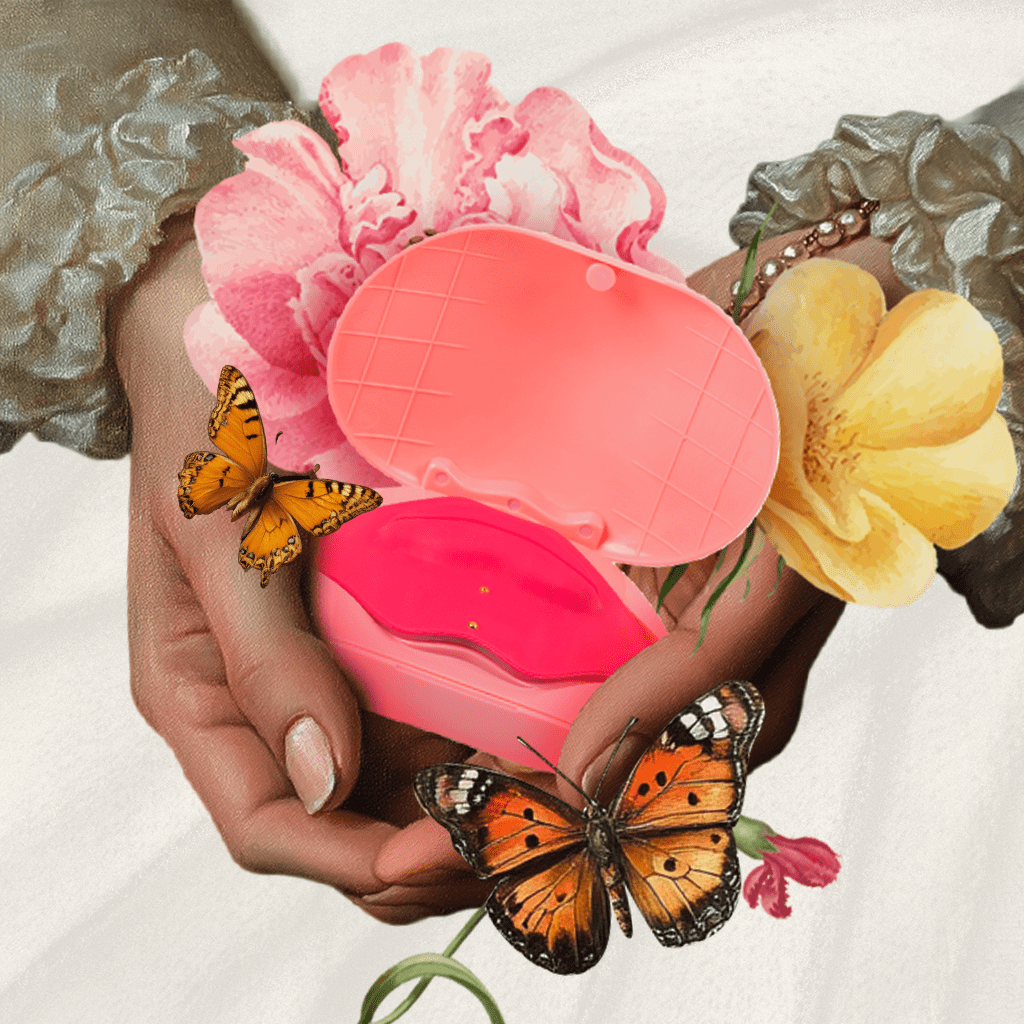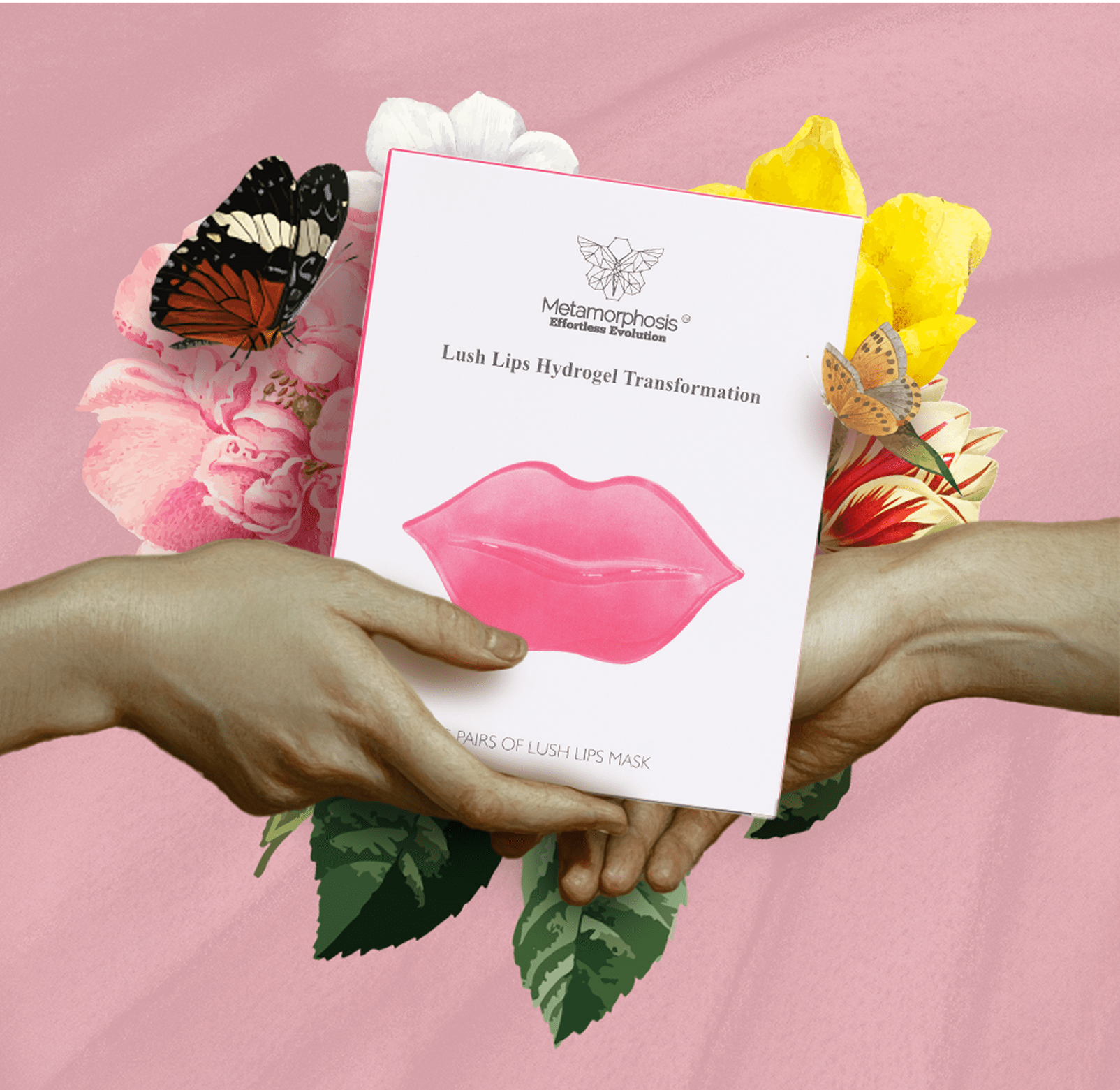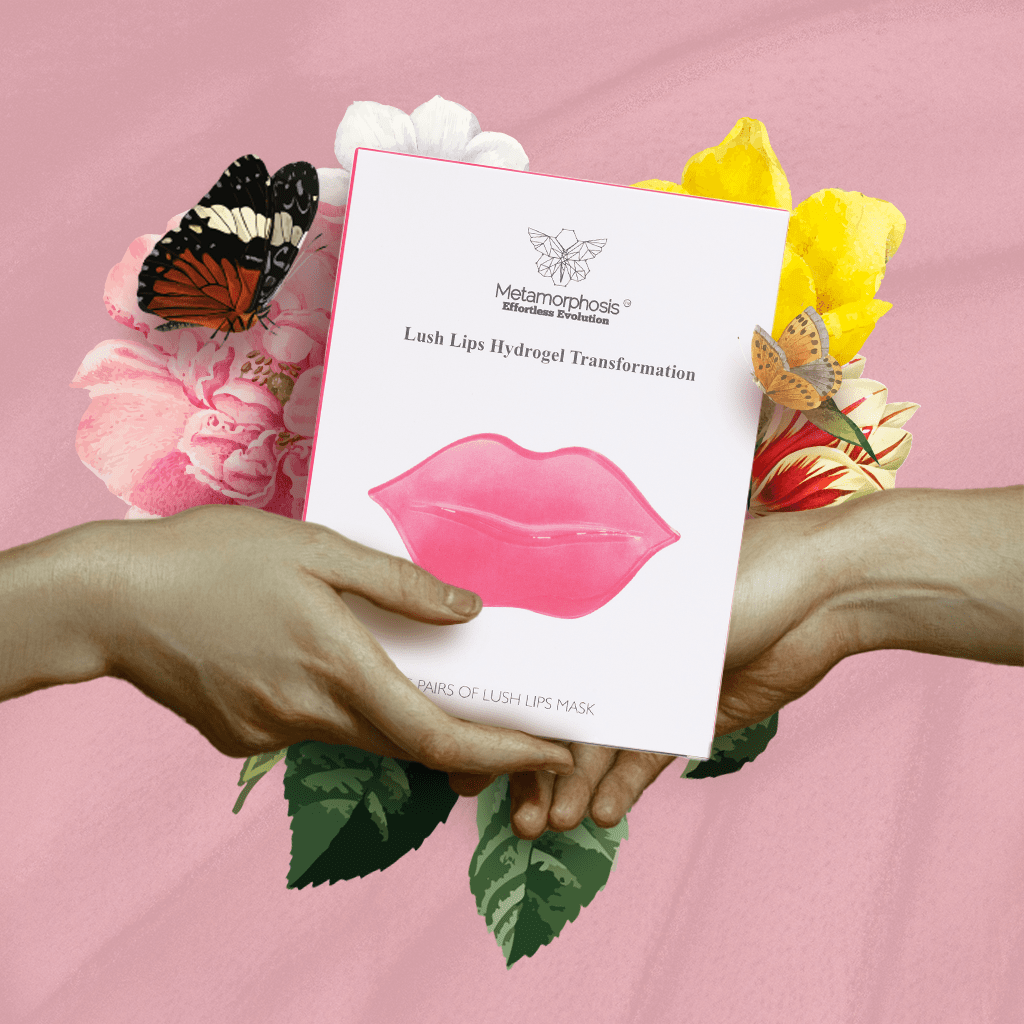LED therapy, also known as light-emitting diode therapy, is a non-invasive treatment that uses different wavelengths of light to penetrate the skin and stimulate cellular activity. This therapy has gained popularity in recent years for its ability to improve skin health and treat various skin conditions.
LED therapy works by emitting specific wavelengths of light that are absorbed by the skin cells. Each wavelength of light has its own unique properties and benefits, making it suitable for different skin concerns. For example, red light is commonly used to increase collagen production and promote anti-aging effects, while blue light is effective in killing acne-causing bacteria and reducing inflammation.
When the light is absorbed by the skin cells, it triggers a series of reactions that promote healing and regeneration. The energy from the light stimulates the production of ATP (adenosine triphosphate), which is the energy source for cells. This increase in cellular energy helps to accelerate the repair and renewal process of the skin.
LED therapy also helps to increase blood circulation, which delivers essential nutrients and oxygen to the skin cells. This improved circulation helps to promote a healthy complexion and reduce the appearance of fine lines and wrinkles.
In addition to its skin benefits, LED therapy also has anti-inflammatory properties, making it an effective treatment for conditions such as acne, rosacea, and eczema. The light helps to reduce redness and swelling, while also promoting faster healing of the skin.
LED therapy is a safe and gentle treatment that can be used on all skin types and colors. It is painless and does not require any downtime, making it a convenient option for those with busy schedules.
Overall, LED therapy is a versatile and effective treatment that can address a wide range of skin concerns. Whether you are looking to improve the appearance of fine lines and wrinkles, reduce acne breakouts, or enhance overall skin health, LED therapy can help you achieve your desired results.
Metamorphosis products combine clinically proven wavelengths of light with optimized energy levels to bring the wonders of LED therapy to you, in any setting, at any time.
Below are some summarized links to our most favorite medical studies and research explaining the effects of LED therapy.
- “Light-emitting diode (LED) therapy is a nonablative, athermal intervention used in the rejuvenation of damaged skin. It has been reported to be an effective, nonpainful, safe modality yielding high patient satisfaction.” Fabien Baez and Laurence Reilly. The Use of Light-Emitting Diode Therapy in the Treatment of Photoaged Skin. Journal of Cosmetic Dermatology 2007, 6, 189-194.
- “Specific LED light wavelengths are absorbed into the skin and used to modulate cell function, proliferation, and repair in sun-damaged tissue, in a process called photobiomodulation.” Sadick NS. Update on non-ablative light therapy for rejuvenation; a review. Lasers Surg Med 2003; 32: 120-8.
- “Red (633 nm) light has been shown to increase fibroblast growth factor and collagen synthesis in the skin.” Young S, Bolton P, Dyson M, Harvey W. Macrophage responsiveness to light therapy. Lasers Surg Med 1989; 9: 497-505.
- “830 and 633 nm LED phytotherapy is an effective approach for skin rejuvenation.” Seung, Y, et al. A Prospective, Randomized, Placebo-Controlled, Double-Blinded, and Split-Face Clinical Study on LED Phototherapy for Skin Rejuvenation. Journal of Photochemistry and Photobiology B: Biology 2007, 88, 51-67.
- “It (LED) is considered to be effective for improving wrinkles and skin laxity.” Seung, Y, et al. A Prospective, Randomized, Placebo-Controlled, Double-Blinded, and Split-Face Clinical Study on LED Phototherapy for Skin Rejuvenation. Journal of Photochemistry and Photobiology B: Biology 2007, 88, 51-67.
- Application of low-level laser therapy had positive effects on wrinkle and moisture content of adult women’s faces. Hee-Kyoung Kim, Jung-Hyun Choi. Effects of Radiofrequency, Electroacupuncture, and Low Level Laser Therapy on the Wrinkles and Moisture Content of the Forehead, Eyes and Cheeks. J Phys Ther Sci 2017, Feb; 29(2):290-294.
- “The treated subjects experienced significantly improved skin complexion and skin feeling, profilometrically assessed skin roughness , and ultrasonographically measured collagen density.” Wunsch, A, Matuschka K. A Controlled Trial to Determine the Efficacy of Red and Near-Infrared Light Treatment in Patient Satisfaction, Reduction of Fine Lines, Wrinkles, Skin Roughness, and Intradermal Collagen Density Increase. Photomed Laser Surg 2014, Feb; 32 (2); 93-100.
- “In dermatology, LLLT (low-level laser light therapy) has beneficial effects on wrinkles, acne scars, hypertrophic scars, and healing of burns.” Avci, P et al. Low-Level Laser (Light) Therapy (LLLT) in Skin: Stimulating, Healing, Restoring. Semin Cutan Med Surg 2013; Mar; 32(1): 41-52.
- “P. Acnes, one of the culprits involved in the pathogenesis of acne vulgaris, is the main target of all major medical treatments used…..Blue light (415-425 nm) does appear to have some role in the management of acne and may be beneficial for the treatment of a select group of mild to moderate acne patients.” Ammad, S, et al. A Assessment of the Efficacy of Blue Light Phototherapy in the Treatment of Acne Vulgaris. Journal of Cosmetic Dermatology 2008, May 10; 7; 180-188.
- “Treatments over 4 weeks with a narrowband blue light was found to be effective in reducing the number of inflamed lesions in subjects with mild to moderate acne….Blue light phototherapy using a narrowband LED light source appears to be a safe and effective additional therapy for mild to moderate acne.” Morton C, Scholefield D, Whitehurst C, Birch J. An Open Study to Determine the Efficacy of Blue Light in the Treatment of Mild to Moderate Acne. Journal of Dermatological Treatment 2005; 16: 219-223.
- “Blue light therapy achieved a marked reduction of comedones, papules, pustules, and comedones +papules+postules by 45.5%, 59.3%, 46>8%, and 51.2% at 3 Weeks, as well as by 58.8%, 69.3%, 73.3%, and 64.0% at 5 weeks…..77% of the patients were improved by week 5. By week 5, 40% of the patients showed marked improvement or clearance of their acne lesions.” Dai T, et al. Blue Light For Infectious Disease: Propionibacterium acnes, Helicobacter Pylori, and Beyond? Drug Resistance Updates 2012, 15; 223-236.
